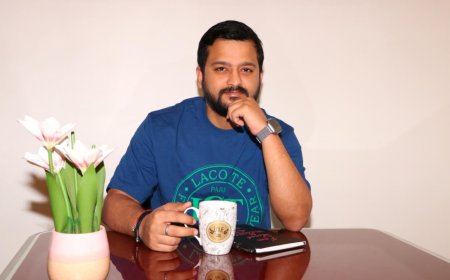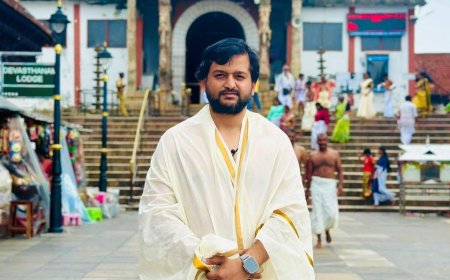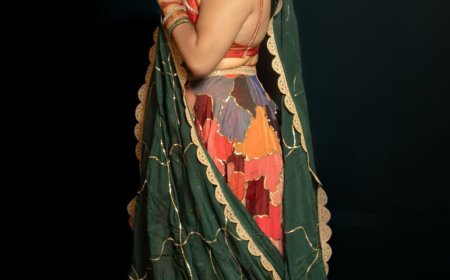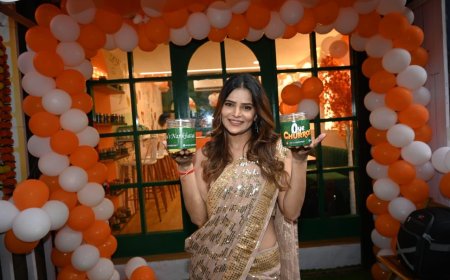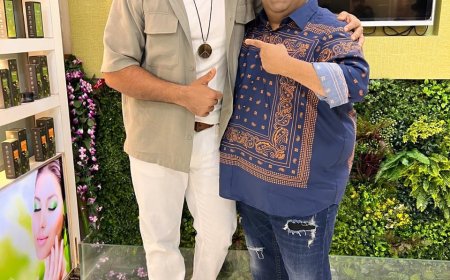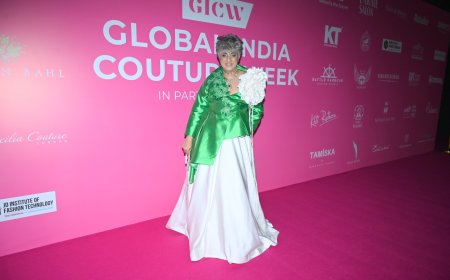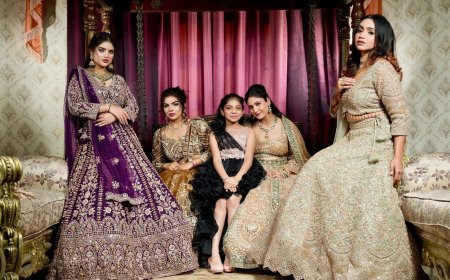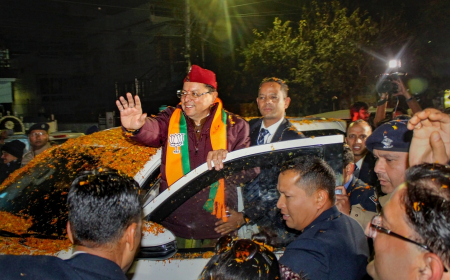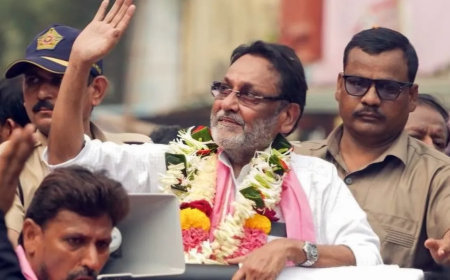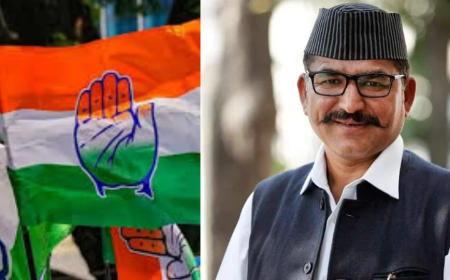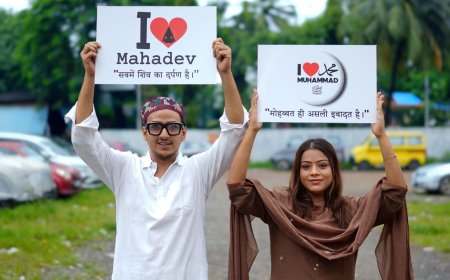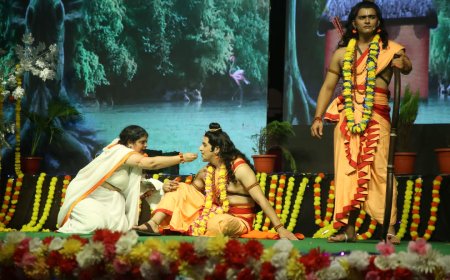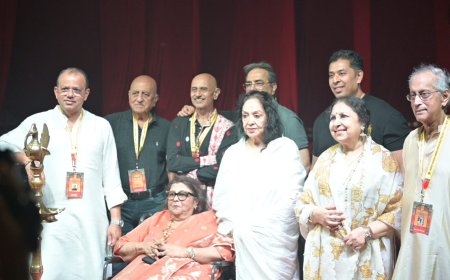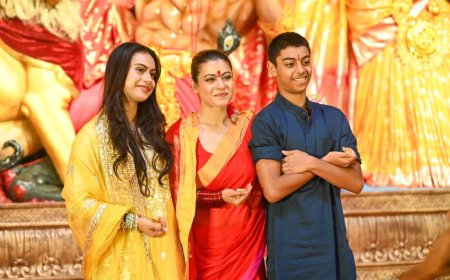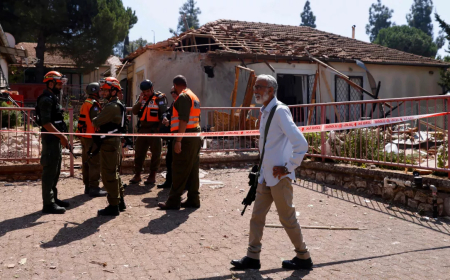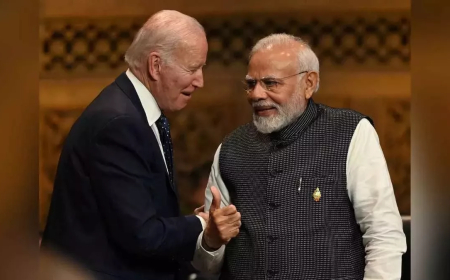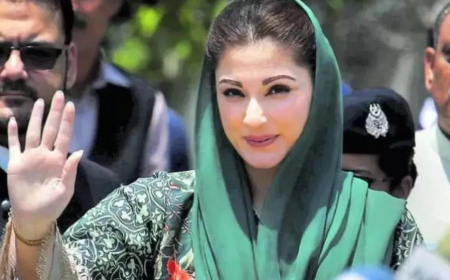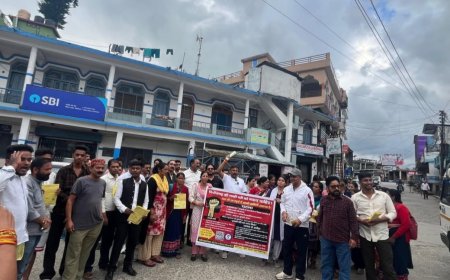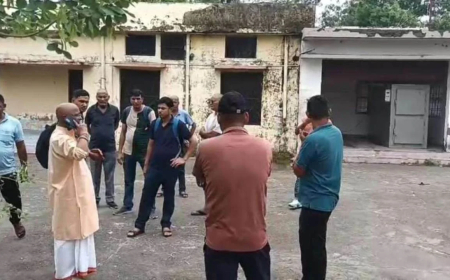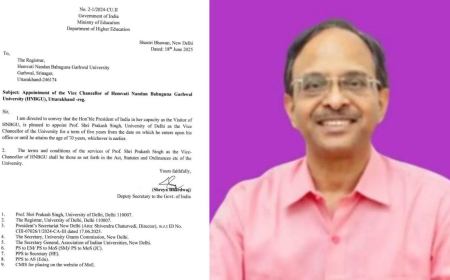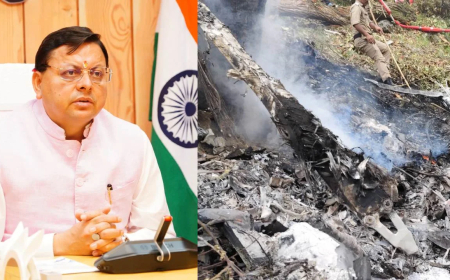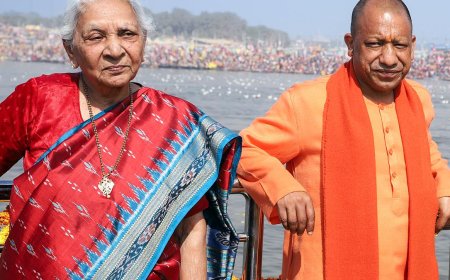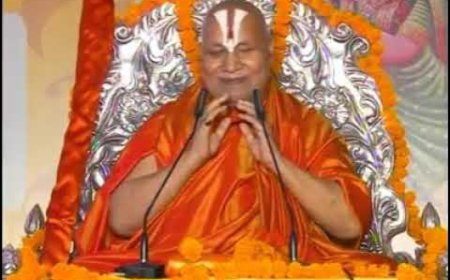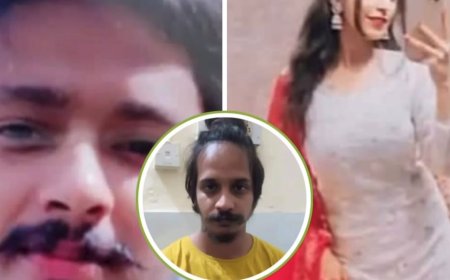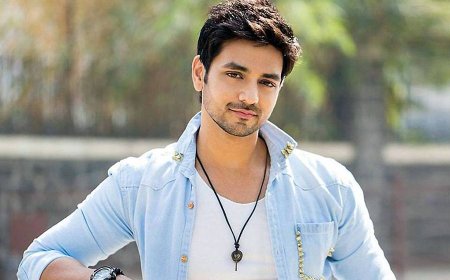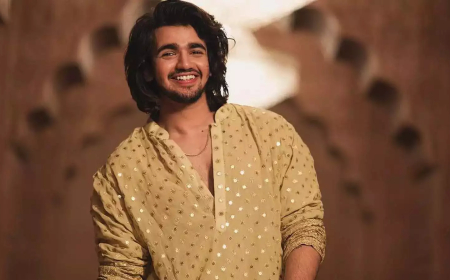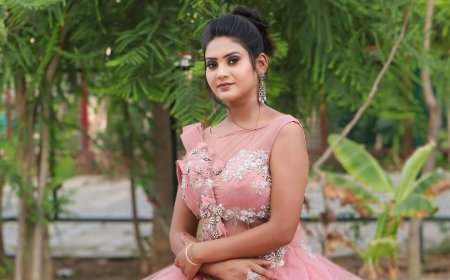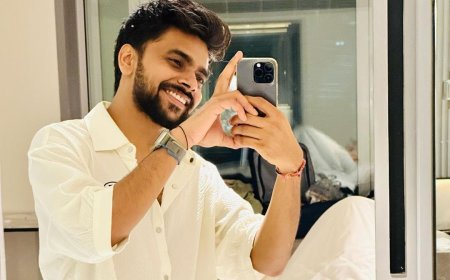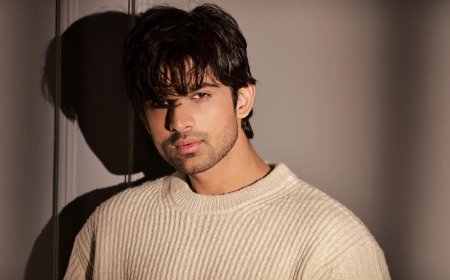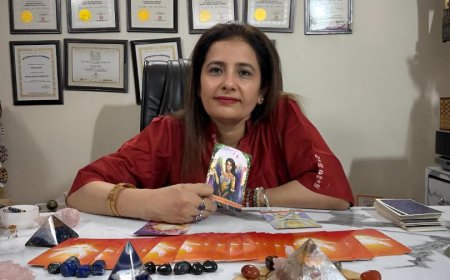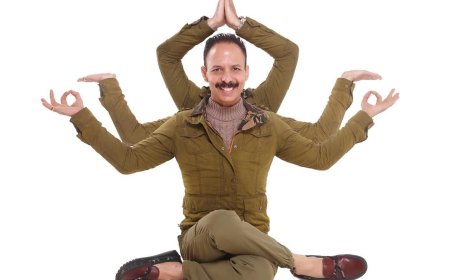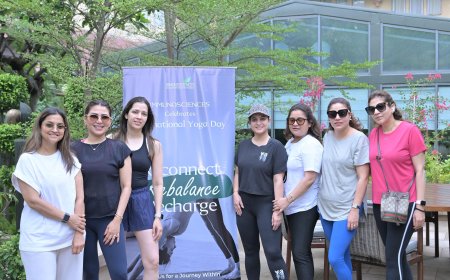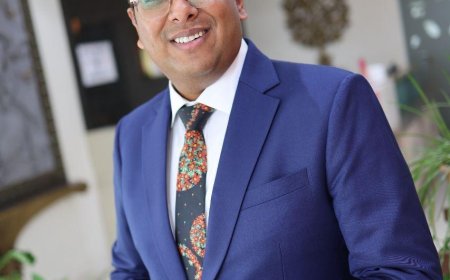From Childhood Memories to Mumbai Celebrations, Bahnishikha Das Opens Up About Her Love for Durga Pujo
Acclaimed writer and producer Bahnishikha Das reflects on the spirit of Durga Pujo, sharing her cherished memories, festive rituals, and plans to celebrate the festival this year in Mumbai.
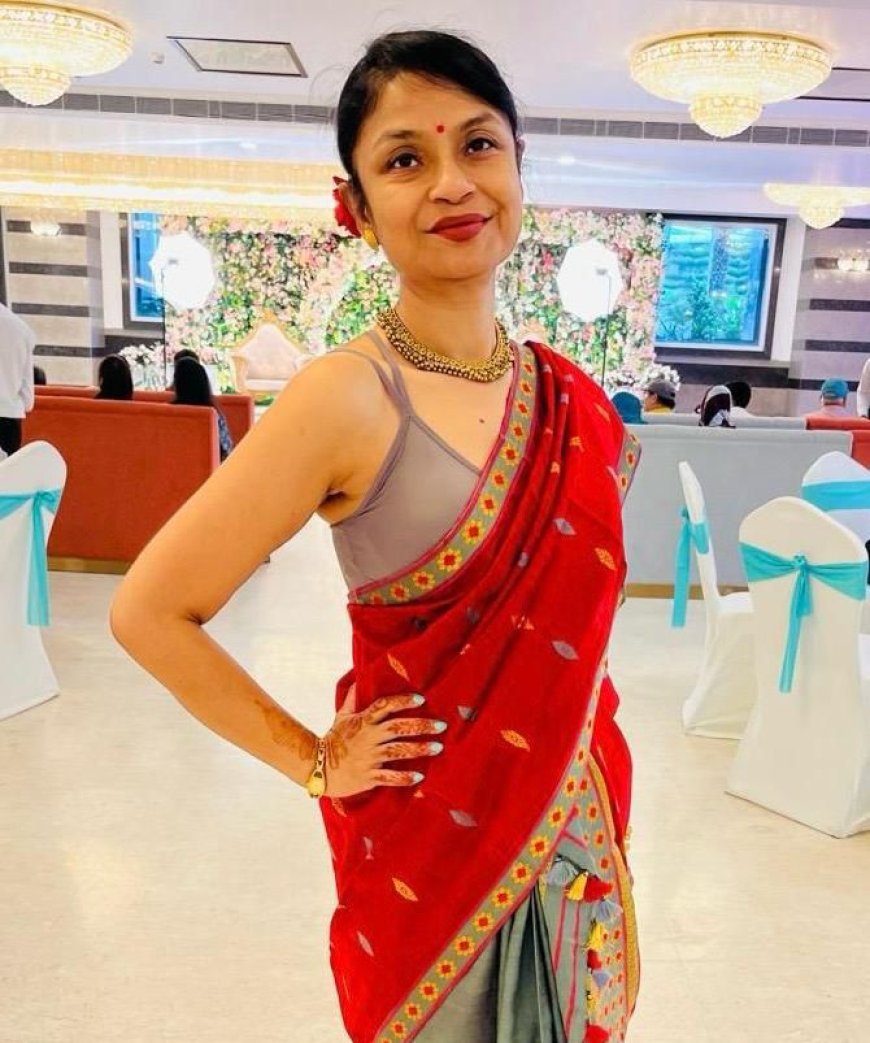
For Bengalis, Durga Pujo is never just a festival — it is an emotion, an embrace of Shakti, and a reunion of hearts. For writer and producer Bahnishikha Das, whose work spans acclaimed shows like Ssshhhhh Koi Hai…, Bidaai, Ranbir Rano, Godh Bharaai, Mitwa, Gulaal, Doli Armaanon Ki…, Ashoka, Maharana Pratap, Udaan, and most recently Binddii on Colors, Pujo remains one of the most awaited times of the year.
Speaking about her excitement, Bahnishikha shared with a smile, “For me, Durga Pujo is a beautiful amalgamation of worshipping Goddess Durga, celebrating feminine energy and Shakti, and rejoicing in the togetherness of families who come together over food, fun, and festivities. From Shoptomi itself, I look forward to pandal hopping and indulging in some authentic Bengali delicacies.”
She lovingly drew parallels between mythology and tradition, saying, “Just as the story goes that Goddess Durga visits her maternal home with her children — Lakshmi, Saraswati, Kartik, and Ganesh — we Bengalis too celebrate by visiting our nanihaal, sharing meals, laughter, and the warmth of family bonds.”
Though now settled in Mumbai, Bahnishikha treasures the grandeur of Kolkata’s Pujo while also embracing the festivities she has witnessed across India. This year, she looks forward to the vibrant pandals in Mumbai, especially those known for their artistry and cultural flavour. “I can’t wait to begin pandal hopping for Darshan, dressed in Pujo finery — especially Bengal sarees — and then enjoying Bengali food stalls around the pandals. I particularly look forward to singer Abhijit Bhattacharya’s Pujo, the Mukherjee family’s Pujo started by Rani Mukherjee and Kajol’s family, and the grand celebrations in Navi Mumbai. And yes, my absolute favorite is the Bhog Khichdi at Rani Mukherjee’s pandal!”
For her, the charm of Pujo lies not just in rituals, but in its ambience. “I just love the very essence of Durga Pujo — the Rabindrasangeet playing at pandals, the terracotta ornaments, the Bengali biryani stalls, and of course the iconic red-and-white bordered sarees that so many of us wear with pride,” she added.
When asked about her fondest Pujo memories, Bahnishikha’s nostalgia surfaced. “As children, my parents would buy us new dresses for each day — from Shoptomi to Nobomi, and sometimes even one for Doshomi. Add to that the outfits gifted by relatives, and we’d end up with almost 10 new dresses every year. It was sheer joy for the little girl in me!” Another memory she recalled with warmth was standing in queues for Bhog: “I remember sneaking through the crowd from between people’s knees, carrying my dabba, so I could get my family’s share of Khichdi Bhog prasad first. Those little joys felt so big back then.”
Despite her demanding work schedule today, Bahnishikha continues to hold on to one ritual that means the world to her — Bijoya r Pronaam on Doshomi. “On the last day of Pujo, we would visit relatives with sweets and fish, and touch elders’ feet to offer Bijoya r Pronaam. Even now, I continue this in my own way — conveying love to my parents, cooking for them, calling my elders and cousins in Kolkata, and sometimes even hosting a Bijoya treat for my friends here in Mumbai.”
For Bahnishikha Das, Pujo is a tapestry of memories, traditions, food, music, and the ever-present heartbeat of togetherness — a celebration that continues to define her no matter where she is.





